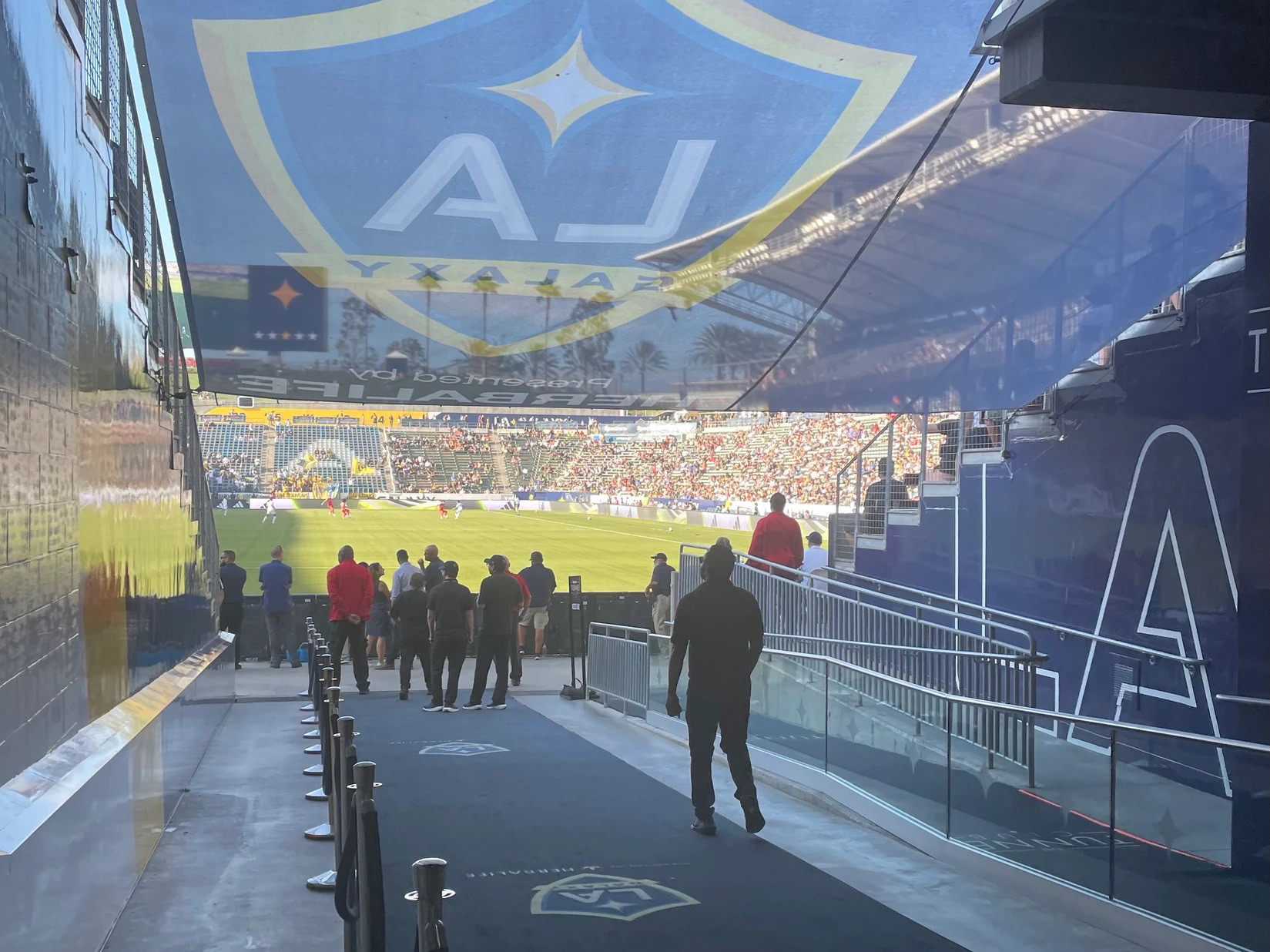In the fascinating realm of sports economics, there exists a unique phenomenon: the inelastic nature of running races, particularly marathons. Participants in these events are driven by a myriad of motivations that extend far beyond mere monetary considerations. One extraordinary example of this inelasticity is the annual the Dodgers Stadium Sunset Run, where a diverse crowd of Dodgers fans and passionate runners come together to celebrate their love for the sport, the team, and the iconic stadium. We delve into the sports economics of running races and explore how factors such as personal achievement, passion, charity, and fandom contribute to their inelastic demand.
Sports Economics
Sports economics is a field that examines the economic aspects of the sports industry, including the behavior of consumers, athletes, teams, and organizations. The concept of price elasticity plays a crucial role in understanding the demand for sporting events and activities. Price elasticity measures how sensitive the quantity demanded of a product or service is to changes in its price. In the world of sports, running races, and marathons, the demand often displays inelastic characteristics, as participants are motivated by factors beyond price.
The Inelastic Nature of Running Races
1. Personal Achievement
In the realm of sports economics, the pursuit of personal achievement is a driving force behind the inelastic demand for running races. For many runners, completing a race, especially a marathon, is a deeply personal and transformative experience. The sense of accomplishment and self-discovery that comes with crossing the finish line far outweighs concerns about registration fees. Runners are willing to invest in themselves and their personal growth, making marathons an inelastic endeavor.
2. Passion and Dedication
The economics of sports often emphasizes the passion and dedication of participants. Running is not just a pastime; it’s a way of life for many individuals. Runners are known for their unwavering commitment to the sport, which transcends price considerations. Their love for running drives them to participate in races, even if it means making financial sacrifices.
3. Charity and Community
Sports economics also recognizes the importance of community and charitable contributions. Running races often provide opportunities for participants to support charitable causes and give back to the community. The Dodgers Stadium race, for example, might benefit local charities or initiatives. Knowing that their registration fees contribute to the greater good motivates runners to register, irrespective of the cost.
4. Fandom and Sportsmanship
The Intersection of sports fandom and running creates a compelling experience that transcends economic considerations. Dodgers fans are known for their unyielding loyalty to their team. The chance to run a race within the hallowed grounds of the Dodgers Stadium is a dream come true for many fans. This unique blend of motivations keeps participants coming back year after year, defying traditional price elasticity principles.
The Dodgers Stadium Sunset Run: A Meeting of World
In the world of sports economics, the annual race at the Dodgers Stadium exemplifies the inelastic nature of running races. This event brings together a diverse crowd of Dodgers fans and passionate runners, creating a captivating blend of motivations and experiences.
A Love for the Team
Dodgers fans flock to the stadium not just to run but to immerse themselves in the rich history and tradition of the team. Running on the same field where legends have played is a dream come true for any fan. The opportunity to share this experience with fellow fans is priceless, reflecting the inelastic demand for this unique sporting event.
The Thrill of the Race
For runners, the race itself is a thrilling challenge that sports economics cannot fully explain. The iconic setting of Dodgers Stadium adds an extra layer of excitement and inspiration. The cheers of fellow participants and the echoes of the stadium create a unique running environment that cannot be replicated elsewhere. This thrill of the race is a significant factor in the elastic demand for this event.
Uniting Communities
The Dodgers Stadium race serves as a unifying event that bridges the gap between sports enthusiasts and fitness aficionados. It fosters a sense of community among participants who may have different backgrounds and motivations but share a common love for the Dodgers and the joy of running. In the realm of sports economics, this sense of community and shared experience contributes to the inelasticity of the event’s demand.
In the field of sports economics, the inelastic nature of running races stands as a compelling case study. The motivations of personal achievement, passion, charity, and fandom far outweigh economic considerations, making marathons and races like the one at the Dodgers Stadium truly unique. Participants, whether dedicated runners or die-hard fans, converge at these iconic venues, forging unforgettable memories and celebrating their shared love for the sport, the team, and the stadium. It’s a beautiful reminder that in the world of sports economics, the heart and soul of the participants make the experience truly priceless.









